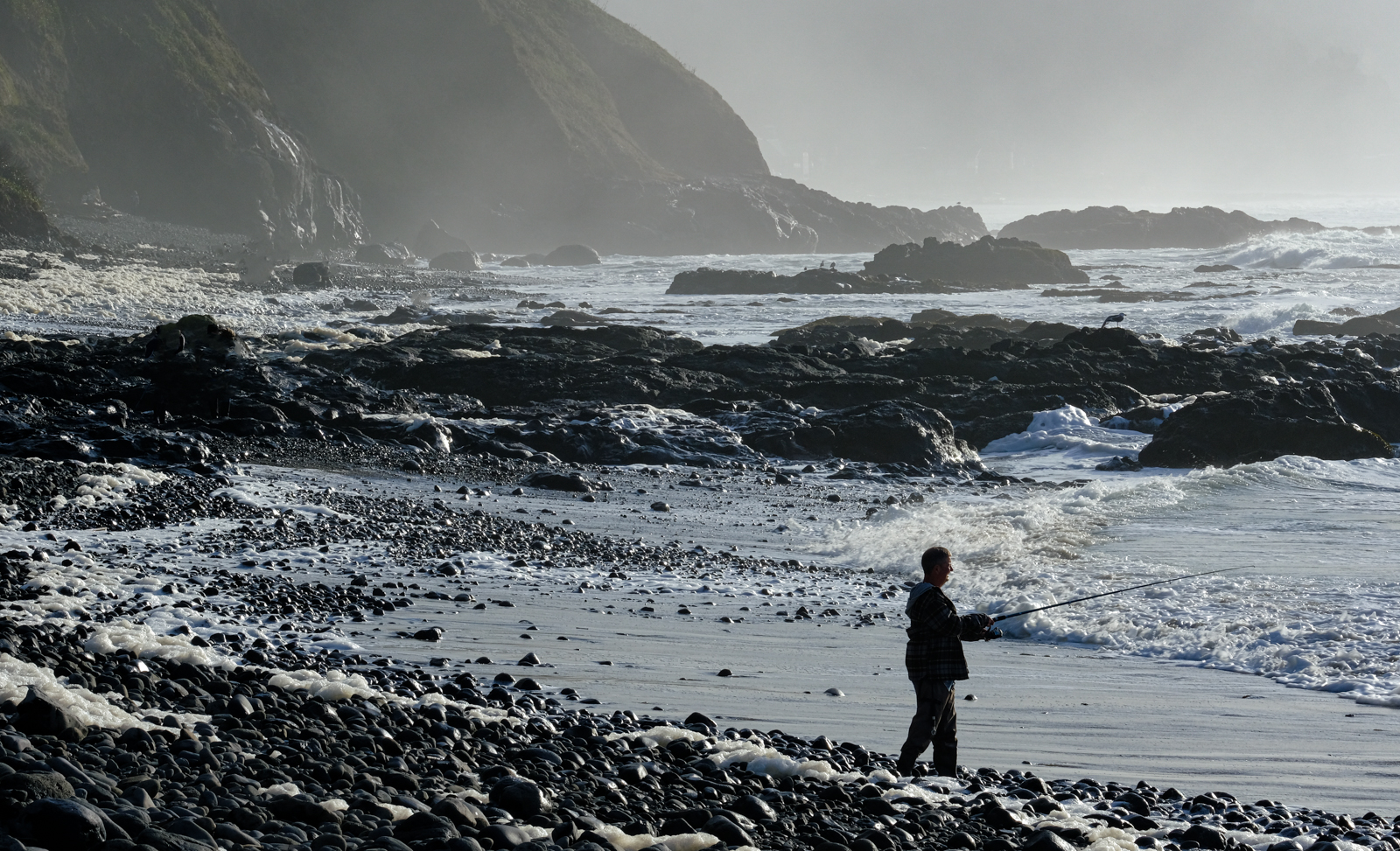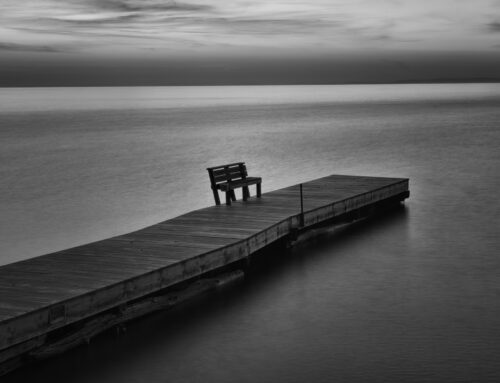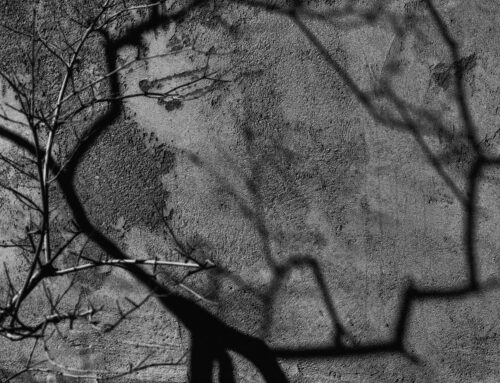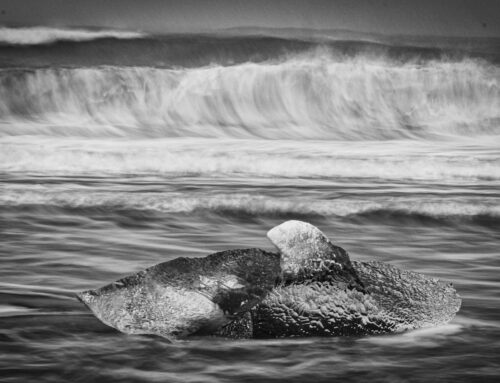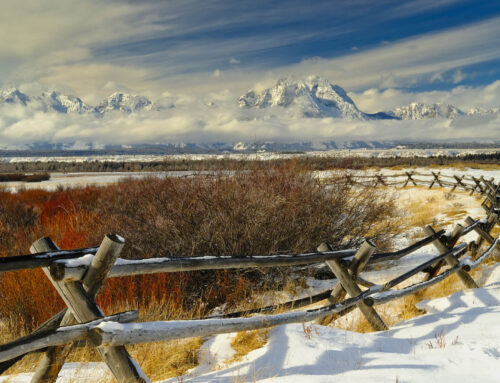©Jack Graham / Jack Graham Photography. All Rights reserved
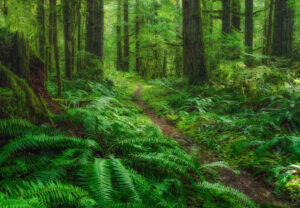
Everything should be made as simple as possible, but no simpler” …Albert Einstein
“Everything is Composition” …. Lyle Mays
In November 2020, I wrote a piece called the Path to Creativity. You can read it on my website. This article is a continuation of my travel down that path and some other ideas relating to getting further down the path without getting lost. Artists (I am still trying to get there!) never reach the end of that path, but within this writing you’ll read some thoughts on navigating on this. Stay tuned for a part 3 someday!
My second eBook is titled “Journey through Photography”. I am still on that journey.. Being on this Path to Creative Photography is challenging, rewarding and never boring. Recently, while preparing a new power point presentation for upcoming photo workshops I thought about some important aspects not very often discussed in depth regarding forming a Path to Creative Photography. Many of these aspects require deep thought and lengthy discussions (That is what I do when I teach within my workshops!). I will leave short discussions of these aspects for future writings, but here are some thoughts that have been going through my head recently.
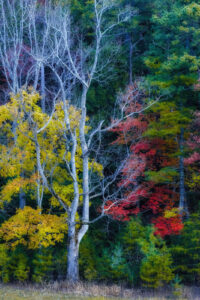 A good photographer should not make the same mistake twice. The best we can do is hope for a remarkably similar looking mistake. The path of a photographer can be daunting at times, but contemplative time creating can be relaxing as well as rewarding. It is for me.
A good photographer should not make the same mistake twice. The best we can do is hope for a remarkably similar looking mistake. The path of a photographer can be daunting at times, but contemplative time creating can be relaxing as well as rewarding. It is for me.
While I drive through the countryside, I constantly look out my windows and think about the things I see. Would I want to stop and photograph a location? Should come back again? Why? What is it about this place that interests me? Sometimes I continue onward. I am always looking around.
We stress the importance of having a defined subject in our photographs. True, it is important, however the story is more ultimately what is important. What is the story of an image, The story is derived from having a meaningful subject.
One subject can tell many stories and is dependent on how a viewer sees the final image. At the risk of sounding narcissistic, frankly, I am only concerned with whether I succeeded in telling my story, which I try to tell via a photograph. How others view my work is secondary. Sure, I hope viewers get something from my images, that’s human nature. However, five different viewers might see five different stories when looking at the same photograph., which is perfectly ok. At this point in my photographic journey, I am only concerned with my own internalization and evaluation of my body of work. For me this is part of my path to creativity.
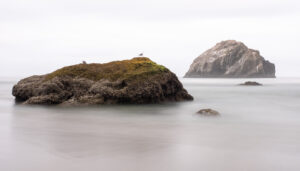 Photography is like archaeology. We are building an image like an archeologist designs a building. Many facets of composition must be considered. First, what are we trying to say with the image. In many ways composition in music is like composition in photography. When we listen to a quality piece of music, we internalize a story and think about how the music is making us feel. A photograph should do the same thing. The photographic concept of rhythm borrows heavily from music theory. Just like a musician reading notes on a sheet of music, subjects within the space regulate the way we view the photograph and ultimately derive the story. This rhythm dictates the recurring or organized/disorganized distribution of elements within the scene. The spaces between notes relates to the correlation of things within the scene.
Photography is like archaeology. We are building an image like an archeologist designs a building. Many facets of composition must be considered. First, what are we trying to say with the image. In many ways composition in music is like composition in photography. When we listen to a quality piece of music, we internalize a story and think about how the music is making us feel. A photograph should do the same thing. The photographic concept of rhythm borrows heavily from music theory. Just like a musician reading notes on a sheet of music, subjects within the space regulate the way we view the photograph and ultimately derive the story. This rhythm dictates the recurring or organized/disorganized distribution of elements within the scene. The spaces between notes relates to the correlation of things within the scene.
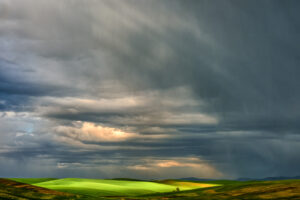
When we produce an idea that inspires us, we should try hard to clearly define it. Without destroying our idea, ask questions about alternative. without destroying your original thoughts. Gently, without killing it, tear it apart a little. Peak under the surface and keep drawing it out. There is a window into the way we think. We need to keep pulling, exploring, and trying to make that window larger.
Within my photography I stress simplicity as much as possible. I think of terms as “simply composed” or “spontaneous”, as those terms seem to be how I now imagine things in my head.
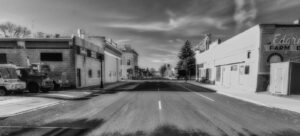
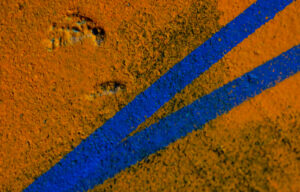 Without stressing our internal feelings via composition, we often ignore textures, patterns, dynamics etc. that are there within the scene. If all I am doing is to try and tell someone else “Look where I am, look what I am seeing “, our images will have no feeling, let alone a poignant story. All of this is just the epitome of the least that any photographer should attempt.
Without stressing our internal feelings via composition, we often ignore textures, patterns, dynamics etc. that are there within the scene. If all I am doing is to try and tell someone else “Look where I am, look what I am seeing “, our images will have no feeling, let alone a poignant story. All of this is just the epitome of the least that any photographer should attempt.
The average photographer can only glimpse at the vaguest outlines of style when it comes to image making. What most photographers attempt is what is just there in front of them. It is like someone who is almost blind making out patches of light or shadows. Average photographers just assume that what is in front of them is the only thing that an image is about and follow up this thinking with pointing to things that may remind them of other things. Therefore, many photographs are confusing, not simple stories derived of one’s internal feelings and soul. It is common thinking and true that people only like what they know and usually have little idea about what they are not aware of.
 A photograph is for sure one tried-and-true vehicle attempting to serve and communicate a story to other photographers and viewers. In the hands of master photographers, it can offer a near infinite variety of balance between the familiar and unknown, tension and release. But there is more.
A photograph is for sure one tried-and-true vehicle attempting to serve and communicate a story to other photographers and viewers. In the hands of master photographers, it can offer a near infinite variety of balance between the familiar and unknown, tension and release. But there is more.
I love a great photograph! I also love the unexpected. Parts of an image with no initial clarity or destination., sometimes without initial reason or implication, or something different from normal always piques my interest. It allows my mind to form a story and a feeling of what I am seeing.
Very often it is the incomplete parts of images that are the most interesting to me. Certain things cannot be faked, and you cannot apply quality to any old weak idea. For me, the most interesting ideas arrive almost pre-embedded. Such is my Path to Creative Photograph.
The best photographs use a great combination of motion, drama, balance, rhythm, unity movement, tension, and release. I constantly strive to eliminate clutter that adds nothing to the final scene. I try and round off the specific parts within the frame that helps to identify the final composition and story within the scene.
 Sometimes it is acceptable for me to reject the existing views of the elements of a great image. Composition, camera settings and technical adjustments are the big three. Of equal value to the “Big Three” are motion, drama, balance, rhythm, unity movement, tension, and release. These aspects are often overlooked.
Sometimes it is acceptable for me to reject the existing views of the elements of a great image. Composition, camera settings and technical adjustments are the big three. Of equal value to the “Big Three” are motion, drama, balance, rhythm, unity movement, tension, and release. These aspects are often overlooked.
My goals are to represent, through my photography the best combination of the elements we discussed here. Faced with all the options we have in our have these days, the ability to find the path that make the most sense is where I struggle the most. Works by some other photographers like Guy Tal, Galen Rowell, Bruce Percy, Michael Gordon, Sarah Marino, Jay Maisel, Cole Thompson and so many others have helped me find “my path” (I am still walking this path) and deliver creations that I am pleased to share.
Not that long ago I made images the way I assumed that the viewer would like to see them. Experimenting with innovative ideas without really telling anyone has helped me to grow. I still study the “masters’ and incorporate some of their teachings. I do not want to duplicate the past. I certainly want to understand it and incorporate it into my work. My goal is continuing my Path to Creative Photography and to create images in real time with the precision and control required. Equally as important to me is to tell my story through my photographs.
